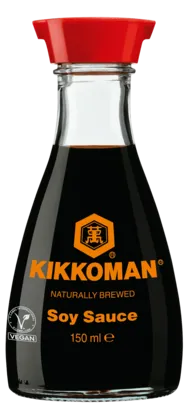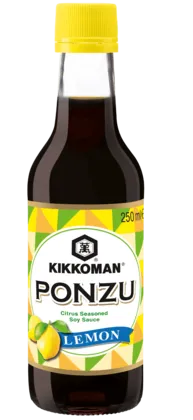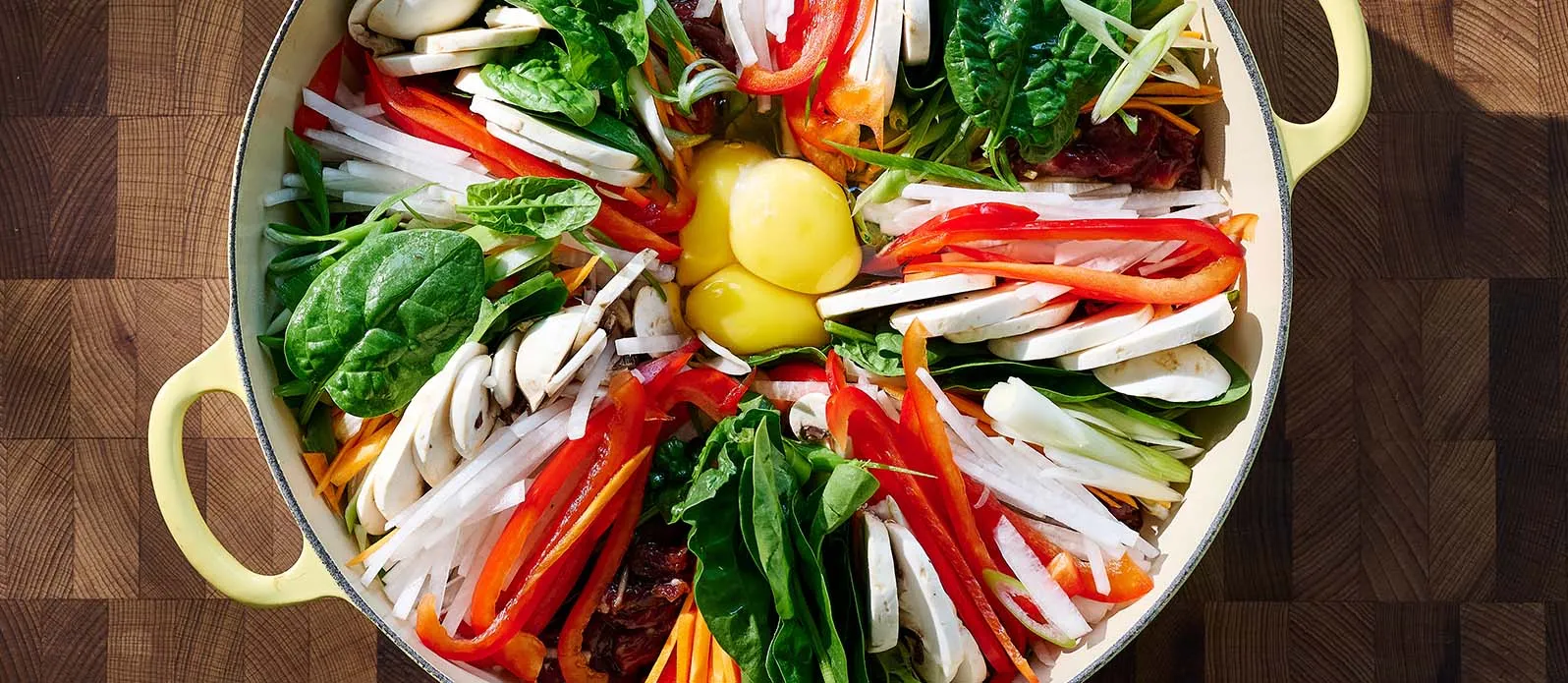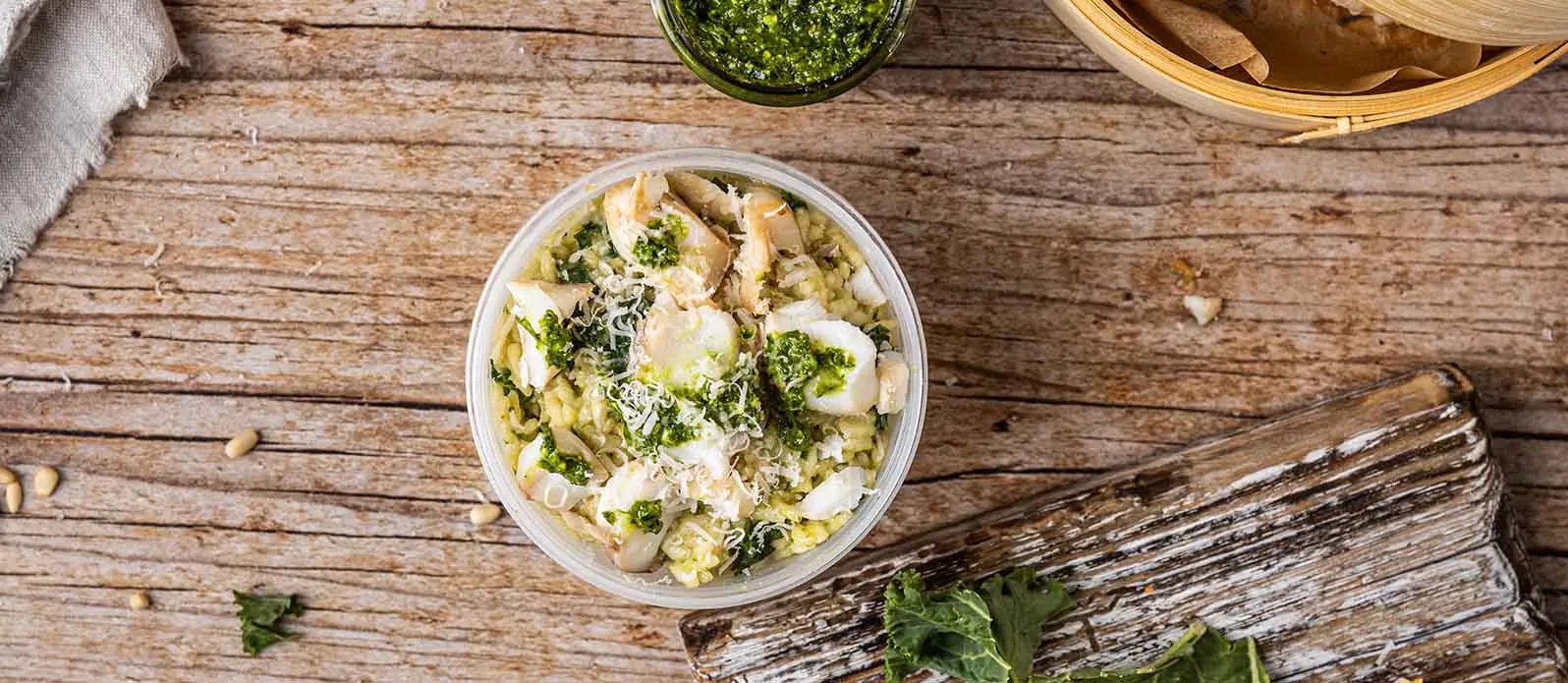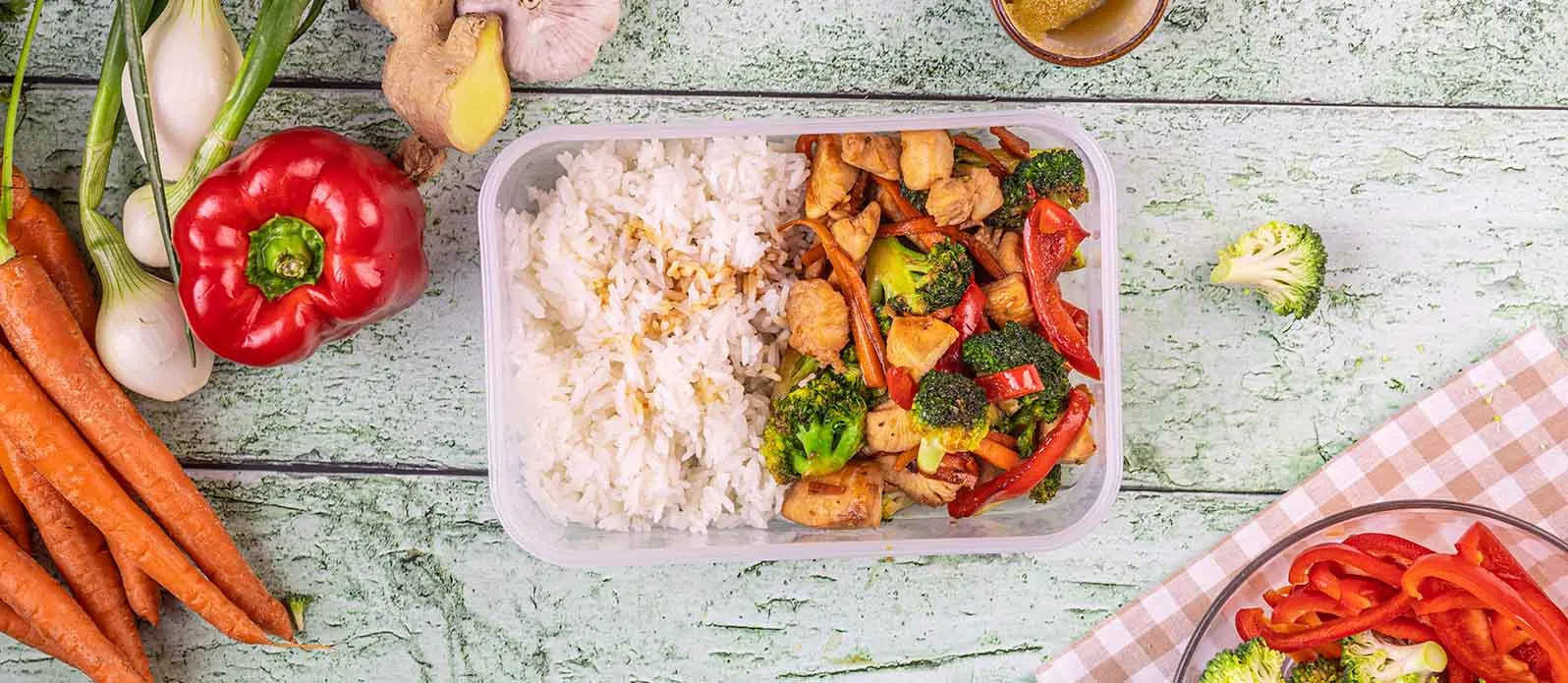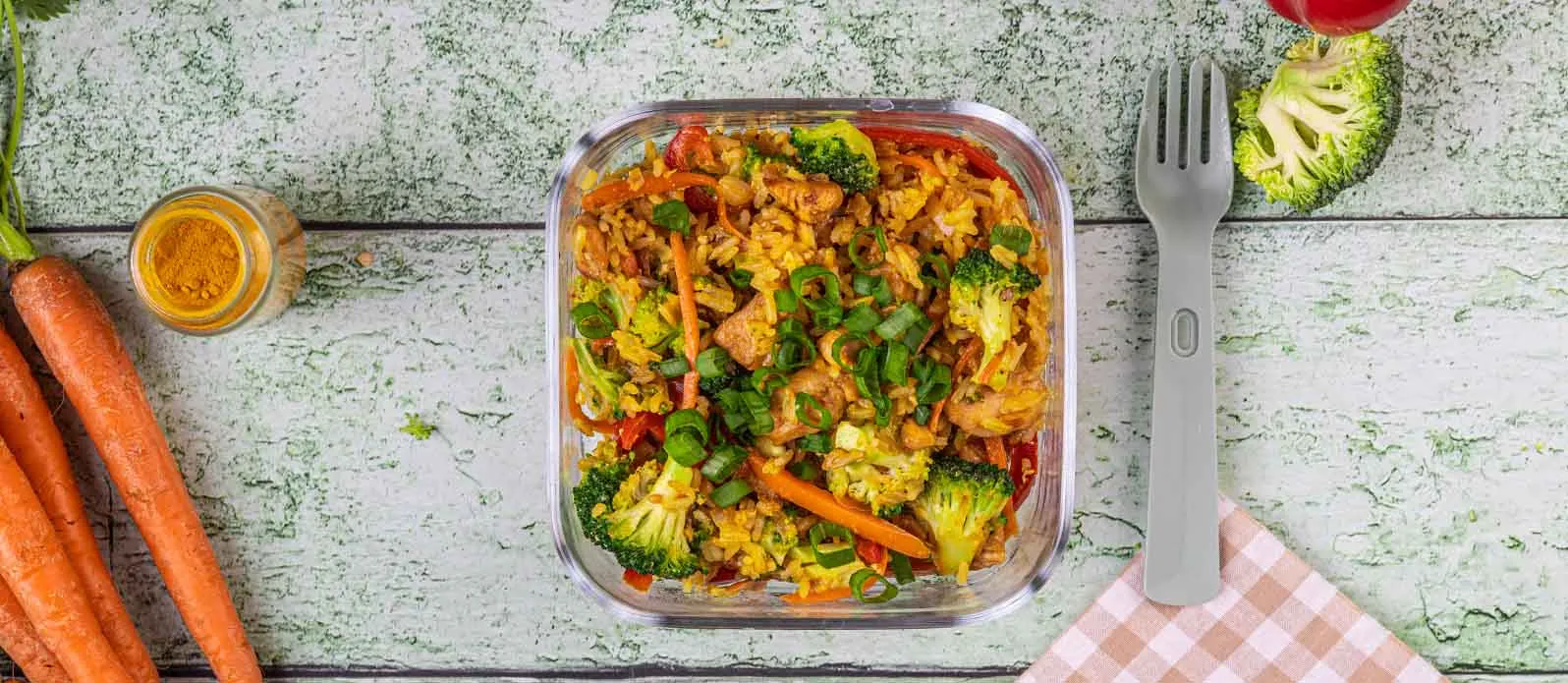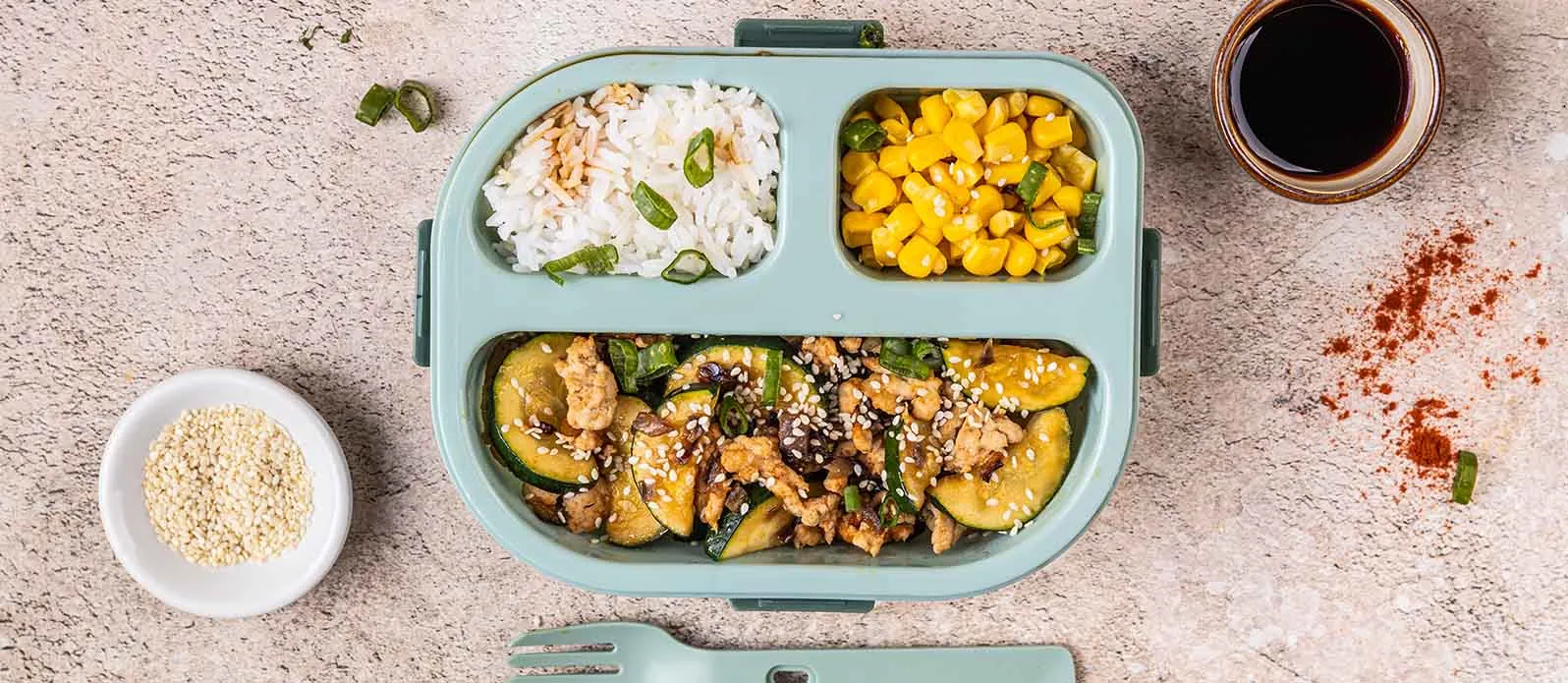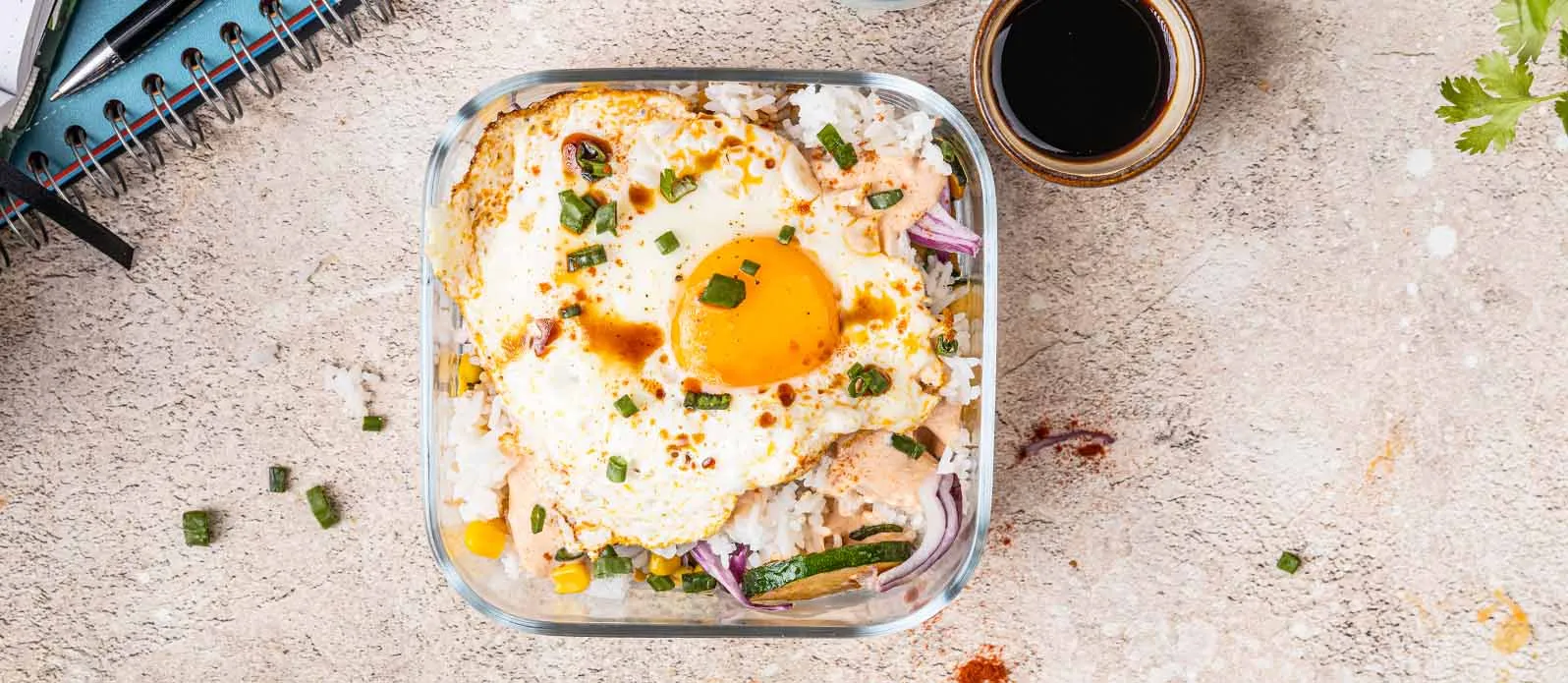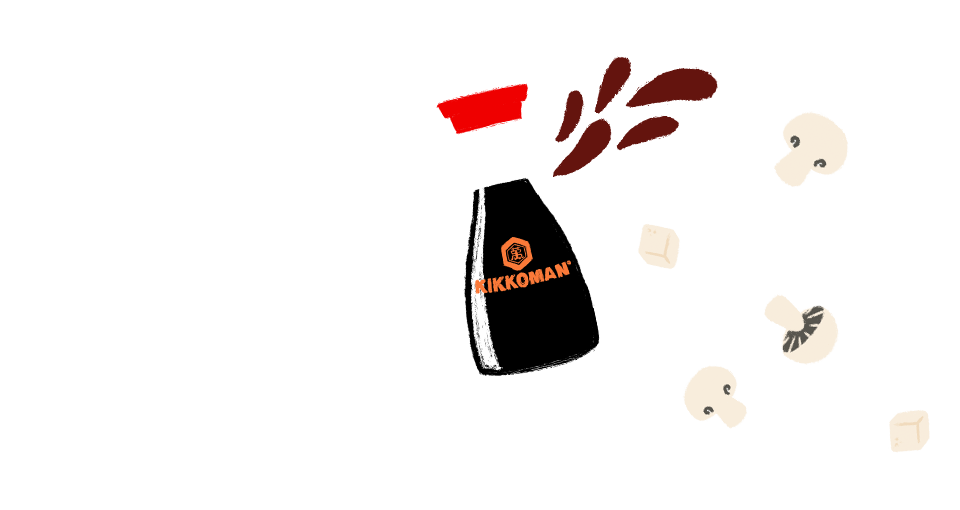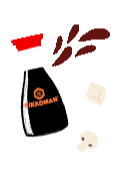How to master Japanese tempura - our top 4 tips to success
15. September 2022

What is tempura?
Tempura is one of Japan’s most popular dishes. It can be any type of mixed vegetables or seafood which are coated in a light batter and deep fried until crisp. The combination of the lightly steamed food on the inside and crunchy texture on the outside is heavenly. In Japan they have specialist tempura-ya restaurants where chefs cook the tempura in front of you very quickly to be eaten straight away.
What are the secrets to making a good tempura batter?
It is easy to make your own tempura at home, but here are just a few key points which will help you to achieve success every time:
1. Do not over combine the batter ingredients. It is best to lightly mix with chopsticks as the Japanese do - to avoid the over-production of doughy gluten in the flour, and also because a few unmixed lumps and air bubbles help to create the signature lacy structure of the batter.
2. Ensure the oil is the right temperature. If you don’t have a deep fat fryer, then test the temperature with a food thermometer. Or test by dropping a couple of drops of batter into the oil. If it is the correct temperature the batter should sink just below the surface of the oil and then quickly rise up and start sizzling.
3. After dipping your chosen food in the batter, ensure you shake off all excess batter. You just need a thin coating. Allow any batter that has built up in any crevices or hollows to drip out before frying otherwise it can go soft and gluey.
4. Tempura doesn’t keep crisp for long, so prepare and cook to order, or keep very briefly in a low oven with the door slightly ajar
Tempura Batter recipe for 4
- 200g plain flour, plus extra for dredging
- 100g cornflour
- Pinch of salt
- 400ml sparkling water
- Vegetable or sunflower oil for deep frying (approx 1.5 litres depending on the size of your pan)
1. Mix the two flours and salt in a bowl. Add the sparkling water, mixing roughly to combine with a pair of chopsticks or a metal spoon. It should be the consistency of double cream.
2. Heat the oil in a deep fat fryer or wide, deep pan to 170C. Ensure the oil comes no higher than 8cm from the rim of the pan.
3. Dredge your chosen vegetables or seafood lightly in the plain flour, then dip into the batter and allow any excess to drip off.
4. Then use tongs or long chopsticks to gently place each piece into the fryer or pan one at a time. Don’t overcrowd it. The tempura is cooked once the batter is a light golden brown and firm.
5. Drain on kitchen paper and serve with a bowl of Kikkoman Soy Sauce or Kikkoman Ponzu for dipping.

Which vegetables can be used for tempura?
The beauty of tempura is you can use almost any kind of vegetable you like. Just ensure they are sliced quite thinly so they cook quickly. A mixture of veg makes a really lovely starter or accompaniment to other dishes, plus it is suitable for vegan diets too.
- Onions – slice into discs for a large surface area
- Peppers – deseed and slice into strips or rings
- Broccoli – break into small florets
- Cauliflower – break into small florets
- Mushrooms – leave small ones whole and halve or slice larger ones
- Baby corn – slice lengthways
- Carrot, courgette and aubergine – slice thinly into strips
- Sweet potato and squash – peel and slice thinly into strips
- Asparagus – trim off woody ends but keep whole

Which seafood can you use for tempura?
Seafood works particularly well for tempura as the short frying time ensures the delicate flesh doesn’t overcook.
- Squid – slice the body into rings and the tentacles into pairs
- Scallops – sliced
- Whole prawns – devein and shell
- Oysters – shelled
- Whitebait – leave whole
- White fish e.g cod, halibut, haddock, pollack – skin and cut into chunks


